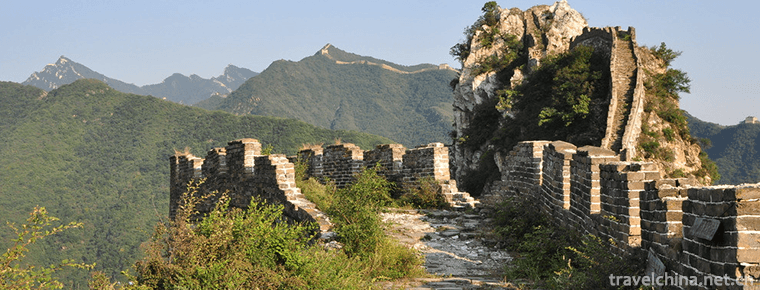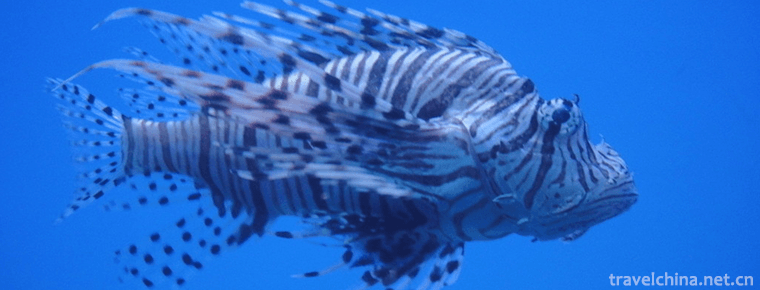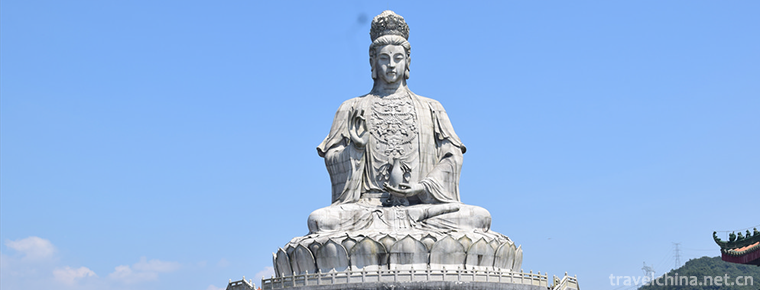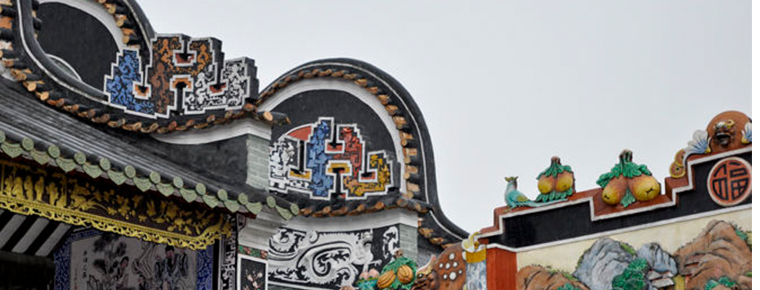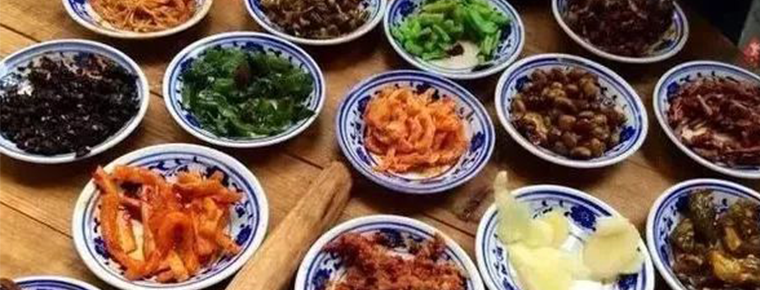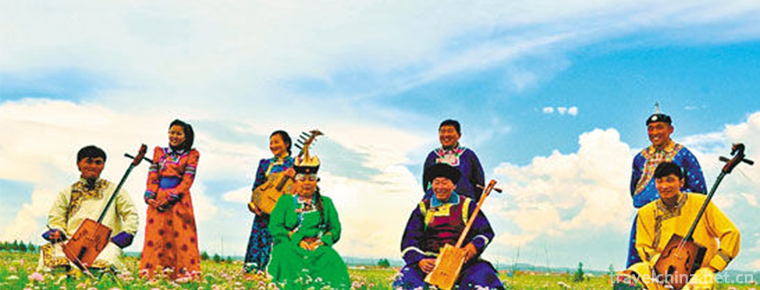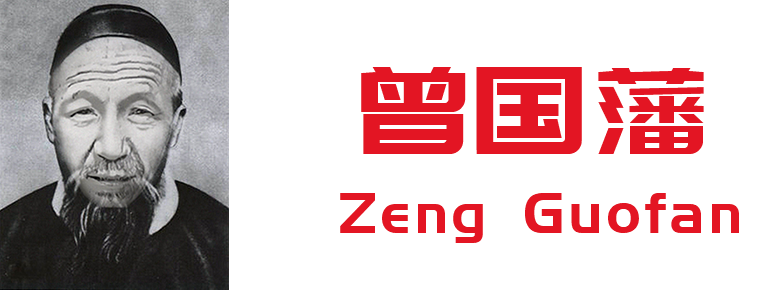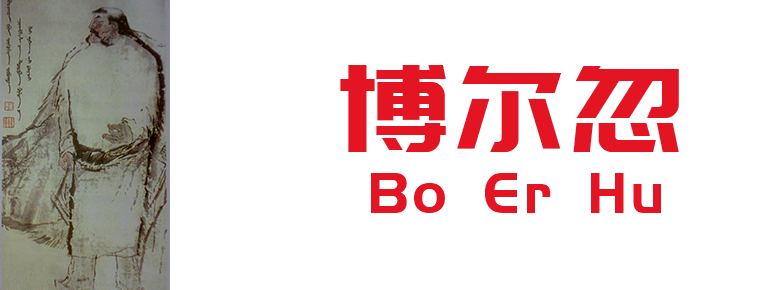Four Scenic Car Race
Four Scenic Car Race
Duyuan Sijing Car Race is a folk activity in Pingshun County, Shanxi Province. In May 2011, Pingshun County, Shanxi Province declared the "Four Scenic Car Race with a single Yuan" and was approved by the State Council to be included in the third batch of national intangible cultural heritage list.
historical origin
The Four Scenic Vehicles originated from the local nine-day Temple Fair of Notre Dame.
The Nine-day Notre Dame Temple is located in Donghe Village in the east of Shexiang, northwest of Pingshun County. It belongs to the Song Dynasty architecture. It has been 904 years since then, and is a key cultural relic protection unit at the national level. The Nine Days Notre Dame Temple has a great influence in the local area, especially the grand ancient temple fair held in March every year, which is the most popular event for the local people to participate in. There are many kinds of folk societies in the meeting, including four scenic cars, 24 social buildings, 2 divine driving, 24 divine horses, lifting bars, newspaper decorations (colorful children), stilts, stilts, social drums, folk bands, pedestrian bands, Temple party bands, dress-carrying, Shen banner, brand, umbrella, silver umbrella, curved driving, etc. Have everything that one expects to find. Among these social fires, Sijing Car is the most spectacular spectacle.
The Ancient Temple Fair is called the Grand Competition, also known as the Sporting Car Fair. Its content is mainly the display of folk arts and crafts and folk performing arts. The origin of the competition can not be ascertained. According to the frame design and body shape of Sijing Car, experts infer that it was originated in the Ming Dynasty. According to relevant experts, the Temple Fair of the Nine-day Notre-Dame is the sacrificial ceremony of the Nine-day Notre-Dame, while the Four-Scenic Car is the stick cart in the sacrificial activities.
In the Xianfeng period of the Qing Dynasty, Mr. Kui Lao wrote poems in praise: "Four Kingdoms and Magic Cars are countless years, eight villages and five societies spread, Sai Dynasty routine divination three spring curtain, feast wine first taste February day. After twenty-four horse towers, several clubs inspired the present. It flows from east to South and west, worshipping Danxiao Taiyixian.
After the outbreak of the War of Resistance Against Japan, the smoke of the battlefield was also scattered here. There was no day in the world, and the people were bored. The annual nine-day Notre Dame Temple Competition would be interrupted. In the decades since then, people have never seen the shadow of the Four Scenic Vehicles. Until the Spring Festival of 1985, in order to promote national culture, inherit and save folk cultural heritage, and comply with public opinion, the Beishe Village Committee duplicated the four scenic cars as before for villagers to enjoy during the festival.
On the fourth day of April in the lunar calendar of 2005, the Nine-day Notre Dame Temple Competition resumed for 66 years, and the Four Views Car Competition met the world again.
Folk activities
Four scenic cars are divided into three sections from bottom to top. The first section is a carriage, 1.5 meters high, 6.8 meters long and 1.8 meters wide; the second section is a basin, flat square, 3.6 meters high and 1.7 meters wide; the third section is a building, 6.8 meters high, decorated pheasant feathers 1.5 meters high. The car is about 13 meters high and 1.7 meters wide. Wooden frame for vehicle body. The first and second sections are hand-tied with coloured silk and coloured paper for decoration and opening to traffic.
The so-called "Four Sceneries" of Sijing Car is not the four scenic spots of the car itself, but the ingenious design of the structure of the car itself.
One is a single tree with two big healthy cattle.
Secondly, a horn rod and three calf rings are used to support the pole.
The third section is the main timber frame of the second section, which is erected on the bottom plate without mortise and tenon, and fastened with hemp rope up and down;
Fourth, the upper end of the second main timber frame and the lower end of the third main timber frame are joined together, instead of having to fasten the mortise or tenon, four hemp ropes are tied up and fixed up. In addition to the pulling power of two yaks and two shooting cattle, the front of the car is pulled by nearly 100 strong laborers with two hemp ropes about 5 cm in diameter, and there are four ropes in the back and left and right of the car to prevent the body from tilting and tipping.
Four Scenic Vehicles are about 5 kilometers away from the Nine-day Notre Dame Temple of the East River to the main venue (the center of the circle). In the middle, they also pass through a soil slope of about 50 meters and 45 degrees. Their distance is far, and the steep slope brings some difficulties to the sports car.
Inheritance significance
Sijing Car carries the wisdom and wisdom of the local working people for thousands of years. It contains rich traditional cultural achievements. It is a festive artistic product for the people to celebrate the prosperous times of peace, good weather and abundant grain.
Because of the peculiar four sceneries, there are many visitors along the way. Whether they have participated in the contest or watched the four sceneries car has become a qualification and an honor for the local people. Therefore, the proverb "catch up with the competition, die without regret" is still popular among the people.
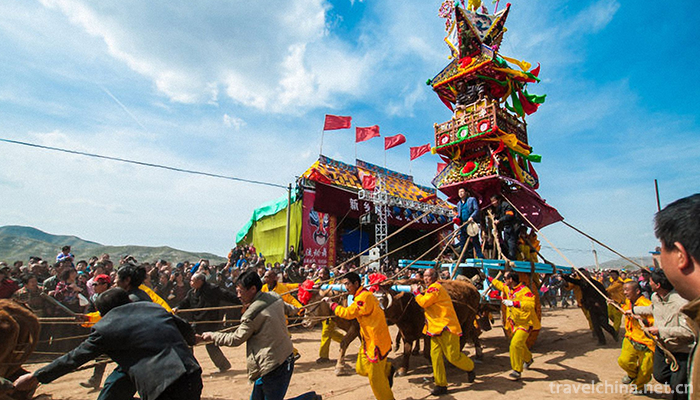
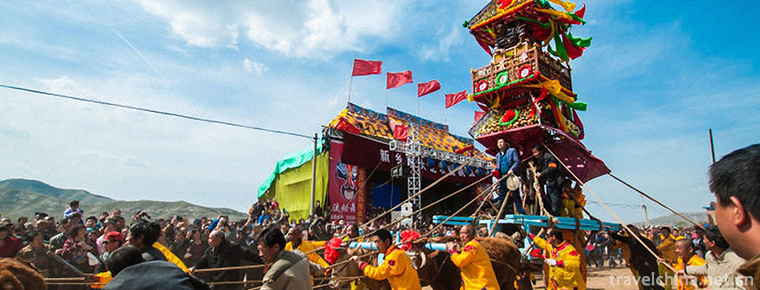
Four Scenic Car Race
-
Xiangshui lake the Great Wall
Xiangshui Lake is another unique and beautiful tourist attraction in the suburbs of Beijing. Located in the west of the Great Wall of Huairou Mutianyu
Views: 474 Time 2018-12-10 -
Tianjin Polar Ocean World
Tianjin Polar Ocean World is a theme park invested by Dalian Haichang Group in Tianjin. Tianjin Polar Ocean World is a large-scale open tourism project with the theme of Ocean Park
Views: 243 Time 2019-02-21 -
Guanyin legend
Guanyin legend is one of the ancient local folklores in Zhoushan, Zhejiang Province. It is one of the second batch of national intangible cultural heritage list published by the State Council.
Views: 157 Time 2019-05-01 -
Grey plastic
Gray plastic gray plastic, known as gray batch in ancient times, is the traditional architectural decoration technology in Lingnan area. The material is mainly lime.
Views: 371 Time 2019-05-04 -
Making Techniques of Pickled Vegetables
Making pickles, the traditional skills of Beijing Liubiju Food Co., Ltd., is one of the national intangible cultural heritage.
Views: 119 Time 2019-05-06 -
Mongolian Folk Songs
Mongolian folk songs are mainly divided into two categories: ritual songs and pastoral songs. Mongolian folk songs are famous for their magnificent voices and melodious tunes.
Views: 110 Time 2019-06-04 -
Zeng Guofan
Zeng Guofan (November 26, 1811 - March 12, 1872) was born in Zicheng. Zeng Zi The seventy generation sun. Modern Chinese statesman, strategist, rationalist and writer, founder and commander of Xiang a
Views: 190 Time 2019-09-07 -
Bo Er Hu boroqul
Bolhoff also worked for polo, Boruun, Boluo, rohun, and so on. Mongolia state Senior general. Mongolia famous generals, Genghis Khan One of the four founding fathers. Picked up by the battlefield, by
Views: 305 Time 2019-09-14 -
Jinhua Alsophila Nature Reserve
Jinhua Alsophila spinulosa nature reserve is a provincial nature reserve approved by Sichuan Provincial People's Government in 1987. In sifangjinggou, Jinhua Township, 48 kilometers southwest of Rongxian City
Views: 170 Time 2020-10-15 -
Jianmen Shu Road
Jianmen Shudao is one of the first batch of national scenic spots, with jianmengguan as the core, starting from Ningqiang, Shaanxi in the north and Chengdu in the south, with a total length of 450 km. The culture of the three kingdoms along Jianmen Shu Road is profound. Pang Tong, Jiang Wan, Jiang Wei, Deng AI,
Views: 239 Time 2020-11-08 -
Geographical environment of Deyang
Deyang City is located in the northeast edge of Chengdu Plain, with geographical coordinates of 30 ° 31 ′ - 31 ° 42 ′ N and 103 ° 45 ′ - 105 ° 15 ′ E. Deyang borders Fucheng District of Mianyang City in the northeast, Santai County of Mianyang City in the East
Views: 321 Time 2020-12-14 -
Deyang natural resources
Deyang City is a subtropical evergreen broad-leaved forest area in Sichuan Basin. The horizontal distribution of vegetation is not different, but the vertical distribution difference is obvious. The forest vegetation is complex and diverse, and the vegetation community
Views: 329 Time 2020-12-14
